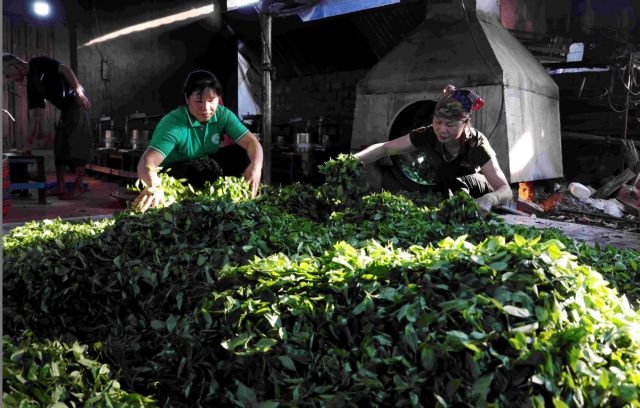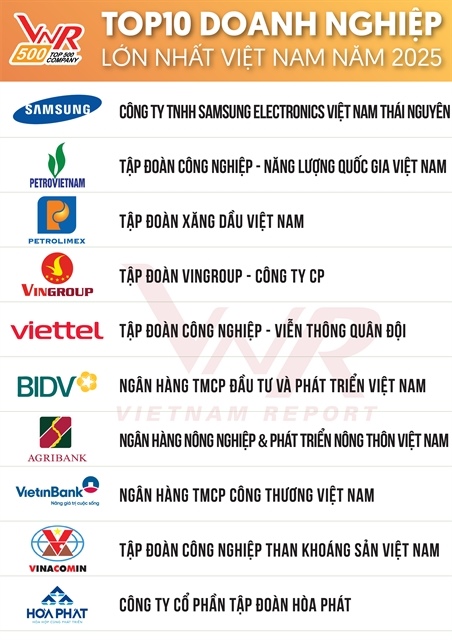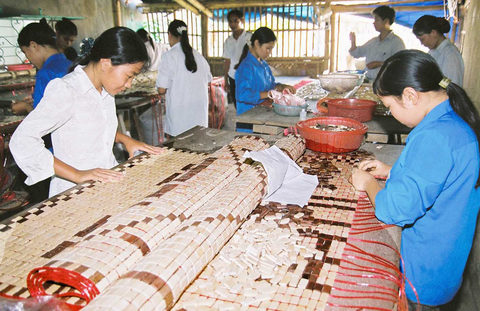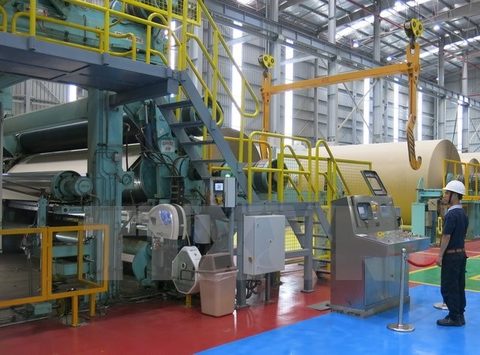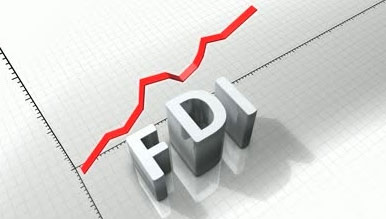Trade deficit increases day by day
Trade deficit increases day by day
Vietnam’s trade deficit is becoming a burning problem as the country’s new free trade agreements are coming into effect.
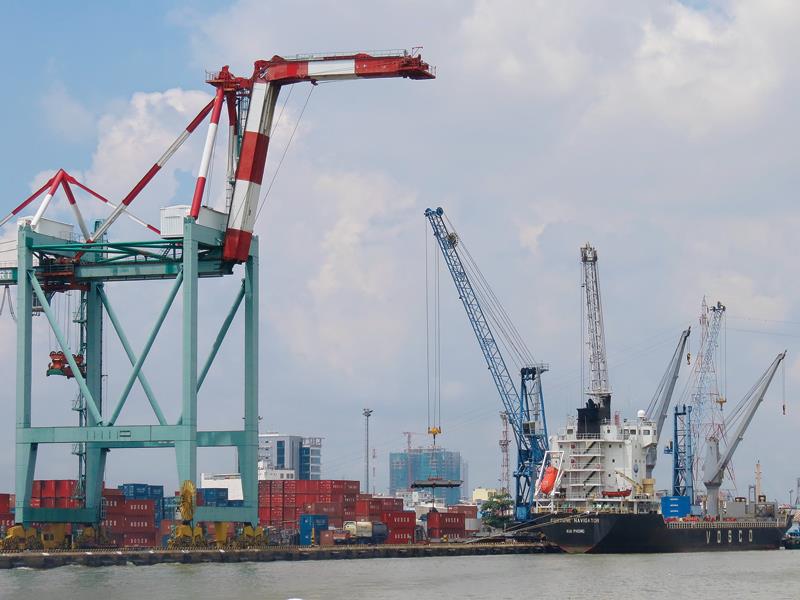
Machinery and equipment imports through the roof
According to statistics released by the General Department of Vietnam Customs, at April 15, 2017, the Vietnamese trade deficit stood at $2.56 billion, which is equivalent to 4.9 per cent of national export turnover. In particular, in the first half of April 2017, Vietnam incurred a trade deficit of $501 million. By contrast, in the same period last year, Vietnam had a trade surplus of $1.48 billion. It can be seen that the trade deficit is rising.
Increasing imports of materials, machinery, and equipment is the main reason for the rising trade deficit in the first months of 2017. While in the same period last year, total national imports of machinery and equipment were just over $7.2 billion, this year, this figure reached $9.64 billion. Similarly, the imports of computers and components were $7.4 and $8.9 billion, and fabric imports were $2.65 and $2.84 billion last year and this year, respectively.
At the end of March 2017, a trade deficit of over $1.9 billion was announced, raising serious concerns. By quoting the import structure of Vietnam, the Ministry of Industry and Trade (MoIT) and economists tried to calm troubled waters by claiming the majority of imported goods were necessary for manufacturing businesses and a trade deficit was not worrisome in context of the development and further foreign investment it brings.
In an economy heavily dependent on imported materials, machinery, and equipment like Vietnam, trade surplus may not necessarily be praiseworthy and deficit worrisome as long as the imports are properly channelled into manufacturing.
However, over the next 15 days trade deficit surged by approximately $500 million, a rate so alarming that it cannot be ignored. Experts of MoIT abruptly changed their stances, saying that these signs should be followed up and a timely solution prepared.
As previously mentioned by VIR, apart from the rising imports of machinery, equipment, and materials for manufacturing, in the first months of 2017, Vietnam also imported a large volume of vegetables, fruits, and automobiles. For example, between January and the end of March, automobile imports increased sharply to reach 26,500 completed units, signifying an increase of 34.4 per cent.
In particular, 16,310 nine-passenger automobiles were imported, an increase of 136 per cent compared to the same period last year. Notably, the number of imported cars from the ASEAN in the first quarter of 2017 was 14,460, a growth of 67.6 per cent compared to the same quarter of 2016. Of the total, 10,050 automobiles were imported from Thailand and 4,400 from Indonesia, signifying increases of 28.8 and 33 per cent over the same quarter of 2016.
Besides, over the last three months, Vietnam has also imported nearly 4,800 automobiles from India, a fourfold increase in comparison with the same quarter of last year. If these consumer goods imports continue to rise throughout the year, they will make a remarkable contribution to the national trade deficit.
Experts sound the alarm
Regardless of the validity of the explanation of why trade deficit is not worrisome, experts issued a warning about the consequences of an overly large trade deficit.
First of all, a trade deficit accounting for nearly 5 per cent of the national export turnover is far beyond the government’s target of controlling trade deficit at 3.5 per cent. This mismatch may pose a serious threat to Vietnam’s macroeconomic balance and have a negative effect on the balance of payments.
In addition, according to Dr. Can Van Luc, senior executive vice president of Bank for Investment and Development (BIDV), the huge trade deficit will put pressure on the exchange rate just when it is becoming a problem as the Federal Reserve System (FED) raised USD interest rates and is expected to raise it twice more this year.
“Currently, exchange rate pressure is high, and the USD is forecasted to further appreciate in the future. In addition, China’s plan on cutting foreign currency reserves to control the value of Chinese Yuan Renminbi (CYR) also puts pressure on the VND,” Luc said.
Meanwhile, the National Financial Supervisory Commission said that FED’s raising interest rate may not put pressure on the USD/VND rate because the difference between the two currency’s deposit interest rates still benefits USD holders. However, as the trade balance goes further in the red, foreign currency supply will be more conscripted than in 2016, putting upward pressure on the exchange rate.
“In the long term, we should keep an eye on the CYR. As depreciation will significantly affect the Vietnamese economy, as the Vietnamese trade deficit towards China will increase,” the National Financial Supervisory Commission said.
In the first four months of 2017, Vietnam imported $12.68 billion from China, an increase of 19.6 per cent compared to the same period last year.
According to various experts, besides the exchange rate pressure and economic imbalance, the rising imports of automobiles, vegetables, and fruits over the last months are also a potential risk to domestic manufacturers, and this is shaping up to be a concerning problem.



